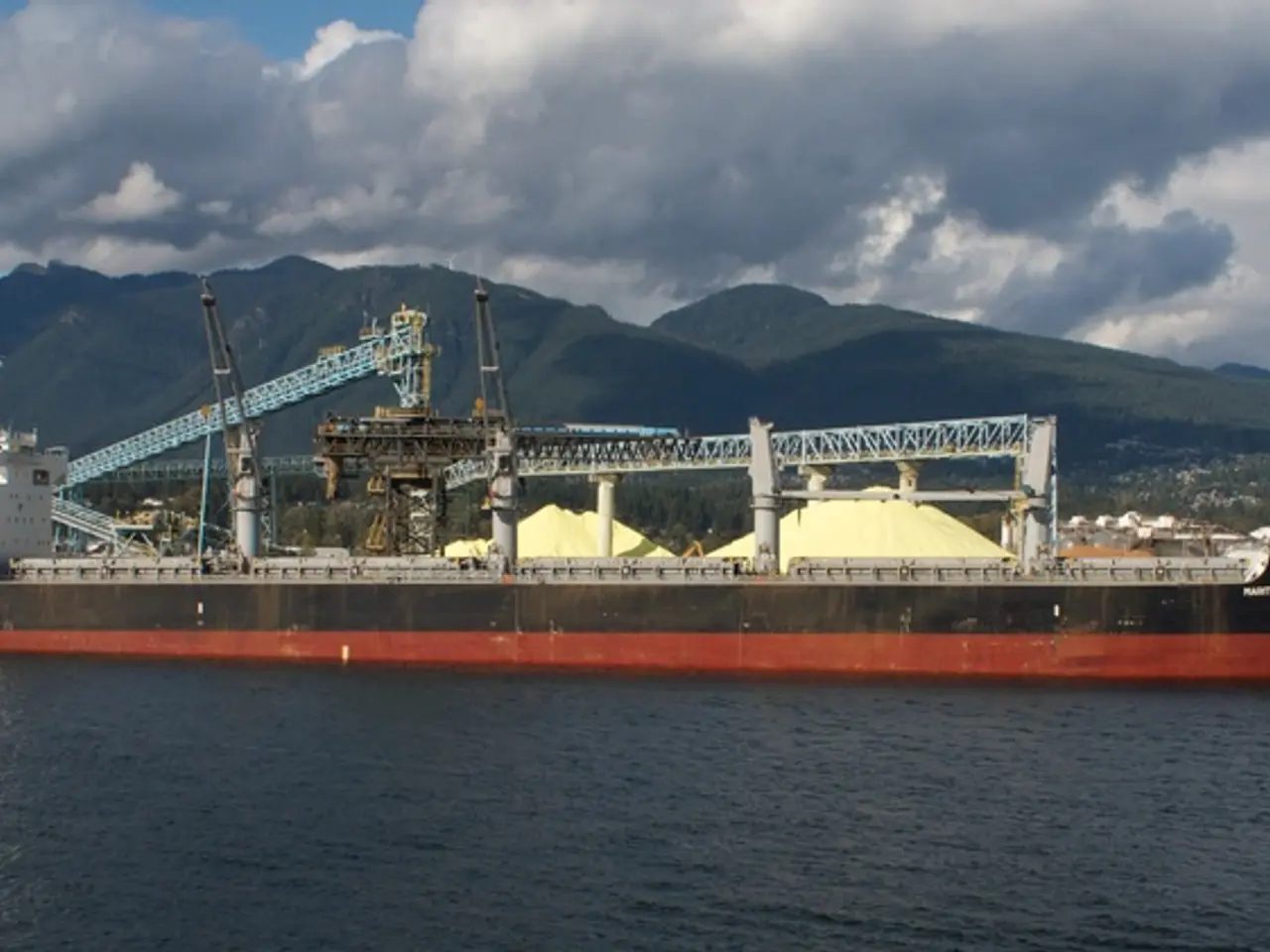Offshore Wind Energy in the UK: Obstacles and Benefits
In the heart of the maritime industry, a significant discussion is underway. The focus? The challenges and opportunities for the shipping sector in meeting the growing demand for specialized vessels to service the offshore wind industry, particularly in the UK.
This interactive session, scheduled to take place in person, will bring together industry leaders for an assessment of the current regulatory landscape for the UK offshore wind market. Speakers from Ørsted, Bibby Marine, Clarksons, and the energy and shipping teams, among others, will share their insights.
The UK Government is actively working on increasing its offshore wind capacity, aiming for 43-50 GW by 2030. This ambitious target, a dramatic increase from the current 15 GW operational in 2024, means tripling the annual installation rate seen so far this decade.
However, the road to this goal is not without its hurdles. The consent process for offshore wind projects in the UK can be lengthy, often taking around four years due to multiple regulatory bodies and extensive environmental assessments. This slows project starts and adds scheduling uncertainty for specialized vessels used in installation.
Recent regulatory reforms by DEFRA aim to streamline environmental compensatory measures for marine protected area impacts, potentially reducing delays and improving planning certainty for offshore wind projects. The shift towards floating offshore wind (FLOW) also introduces new regulatory and technical challenges, with the UK government reviewing definitions and support mechanisms to encourage FLOW development.
The increasing turbine sizes and installations in deeper waters require innovative foundation designs and sophisticated installation vessels. Engineering challenges driven by this scale and complexity intensify requirements on vessels for precision, durability, and operational capability in harsh marine environments.
In essence, the UK’s regulatory environment for offshore wind is progressing with reforms that aim to accelerate deployment while balancing environmental protections. This evolving regulatory framework puts a premium on specialized shipping industry capabilities — installation, wind-turbine installation, heavy-lift, and foundation-laying vessels must adapt to longer project lead times, variable consent timelines, and increasing technical complexity due to larger turbines and floating wind technologies.
After the session, a networking reception will provide an opportunity for further discussions. Given the limited space available, it is recommended to register early to secure a spot. For questions regarding the event, please refer to the contact provided.
- The financial aspect of this issue is crucial, as the shipping industry must adapt to longer project lead times and invest in the development of specialized vessels tailored for the offshore wind industry,, particularly in the UK.
- In light of the UK's ambitious goal to increase its offshore wind capacity, there is a growing need for collaboration between the science and finance sectors to fund and develop environmental-science research that can address hurdles such as lengthy consent processes and the complexities of floating offshore wind technologies.




